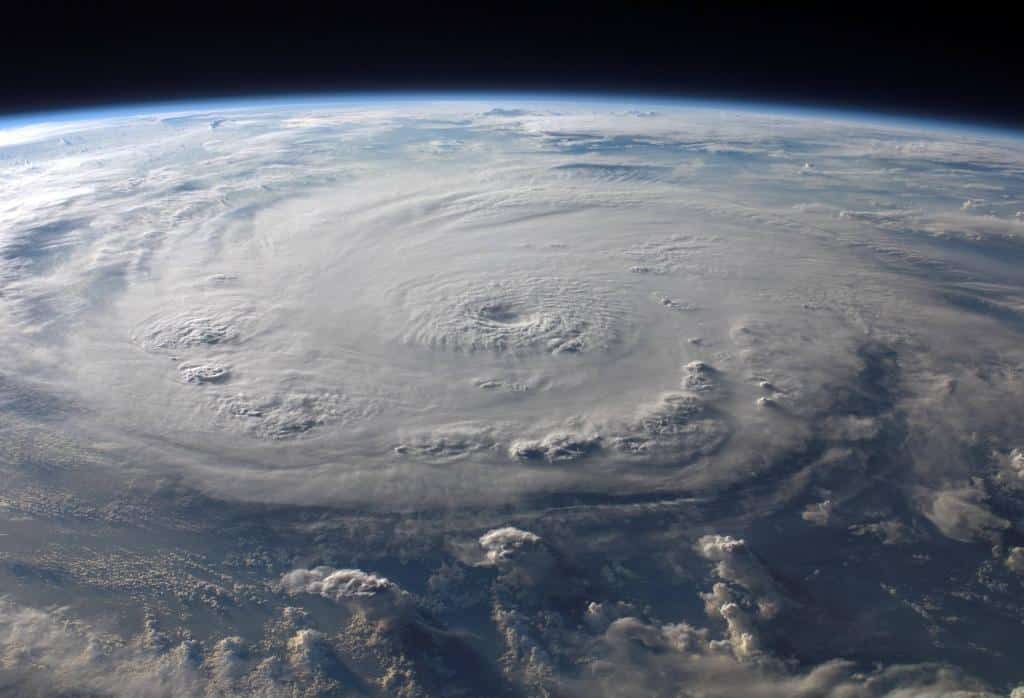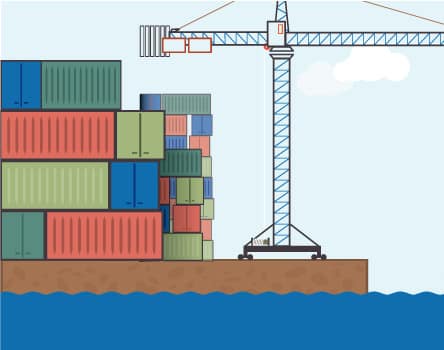Remember when snowdays and blizzard warnings brought shouts of joy and smiles to our faces? As kids, it meant one important thing: “school’s out!” We’d build snowmen on the front lawn and engage in snowball warfare until our mittens were soaked through and we couldn’t feel our toes.
As responsible adults, snow means digging out the car and thinking about maybe skipping the commute today and calling in sick. If you have a business that counts on transportation running smoothly, snow and rough weather also means delays. And delays in transportation means delays in product deliveries. Which translates to potentially frustrated customers.
We have a dedicated team of warehouse and logistics employees who keep the lights on and the logs burning here, even during pretty nasty weather, to ensure every order is shipped out on time, every time. But packing and shipping is only part of the journey your product takes before arriving in your customer’s hands. Carriers can have delays, mail routes can be blocked, and air travel can be completely shut down. In fact, the Federal Aviation Administration reports that 69% of all delays in aviation are caused by bad weather (https://www.faa.gov/nextgen/programs/weather/faq/ ). These factors are beyond anyone’s control, but can leave customers unhappy with the result, and at times they unfairly blame you, the business owner, for their wait. So, what can you do to mitigate the impact of weather related delays to your business and your relationship with your customers?
Here are 3 rules to follow regarding customer engagement to make the most of a tough situation.
- Get in touch with your inner Al Roker
Keep in mind that although you might think everyone knows about the storm, your customers can be in other parts of the country or the world, where the sun is shining and the music is playing! Inform your customers of weather conditions in your region and let them know what the forecast looks like. Include the projected timing of the storm, and what it is likely to affect. Even a passing spring thunderstorm can leave downed power lines leading to carrier delays and cancelled air routes. A friendly non-alarmist email before a threatening weather pattern hits can go a long way.
- Manage Expectations
No one wants to be the bearer of bad news, but customers will be much more forgiving if their expectations are properly managed. There are more ways now than ever to communicate with your customers and let them know about the status of their order, and to look out for possible delays. Make sure they are receiving updated tracking numbers so they can track their orders themselves as well. Post weather-related closings on your company’s website, Twitter feed, and other social media. If you have a pre-recorded phone message, record updated information at least once a day.
- Prepare your customer service team
Despite your best efforts at communicating in advance, you’re likely to get calls from unreasonable, uninformed, or just plain grouchy customers upset with the delay of their shipment. It is easy to be caught off guard by accusations and complaints when it really isn’t your fault at all. Customer service personnel need to be patient and sympathetic with the customers no matter how irrational they seem. In general, keep these three practices in mind:
Always apologize. When folks are in crisis mode, they have a natural tendency to look for “whodunit”. Taking responsibility is not the same as assuming guilt. Often the customer placing the call is in reactive mode herself. Likely she herself is being blamed by some higher-up for the delay, and now just needs a person to point at. Don’t pass the buck. Explain the delay, apologize for their inconvenience and let them know that you are here to help.
Don’t take it personally. The customer is frustrated with a lot more than the missing shipment. His kids are off from school and he had to walk his dog in the snow. By the time he got to work, he was irate and tired of dealing with the weather and its repercussions. Don’t get emotional about it. Empathize and put a smile on your face. Chances are, he’ll be smiling too by the time you’re off the phone, or at the very least, he’ll have calmed down.
Have information ready. One of the great frustrations customers experience is uncertainty and lack of direction. Often, the actual delay is not nearly as maddening as the lack of any clear information. Do the best you can to provide information for the customer. Tell them where their package is delayed and give them a time frame for its expected arrival. They may not have opted for that date, but knowing the story creates a sense of control. It gives them the ability to plan around it and move on. Also, don’t be afraid to give a conservative estimate. It is always better to under-promise and over-deliver than the other way around. If the package arrives a day or two before your worst-case estimate, the customer will be pleasantly surprised.
Who knows? He might even call you to thank you!





